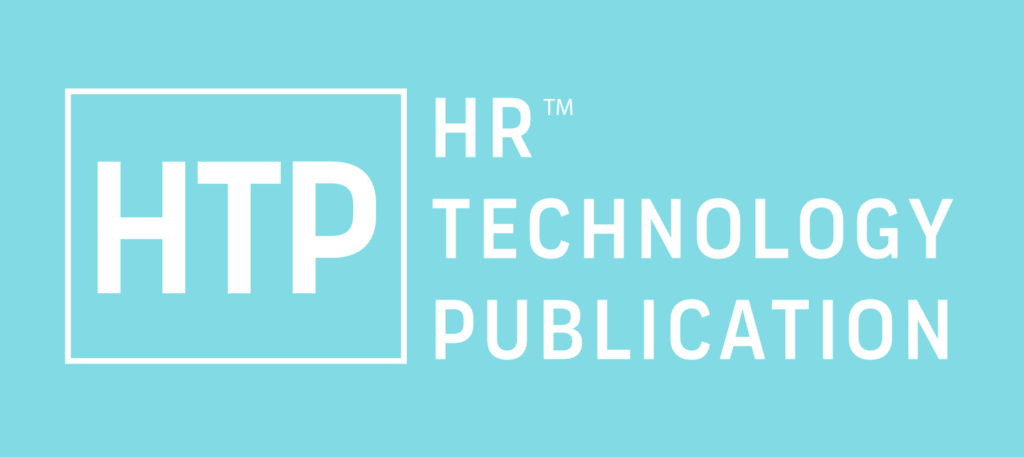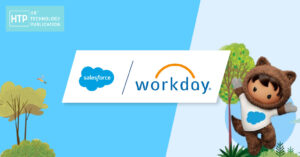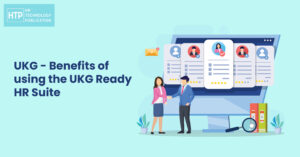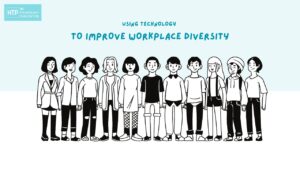In an ever-changing human resources landscape, gamification is surging as a real revolution. Gamified elements change the humdrum tasks of HR into gamified ones with the infusion of HR processes. This innovation enters the work contribution environment and also into the definition of a very alive and motivating company culture. As we are going to explore the world of Gamification in HR, let us understand how it changes the whole dimension of employee engagement and sets a new benchmark for success in an organization.
What is Gamification in HR?
At its core, Gamification in HR refers to the strategic integration of game mechanics within human resource practices. It is really not about turning a workplace or work itself into some game but uses game elements such as points, badges, and leaderboards to create a more engaged and rewarding experience of the job.
For example, course completion in training modules or high scores earned in the badges could be rewarded points for the employee to accumulate, thus imitating the rewards common in games. This tool would replicate the human need for recognition and achievements that keep a person slogging through any HR process daily, thereby turning it interactive and fun.
Next, come the benefits, strategies of implementation, and challenges connected with implementing gamification in HR. Let me know if I have to do or change something specifically, please.
Benefits of Gamification in HR

1. Increased Employee Engagement
Game elements added to the workplace inject a whole new, absolutely essential dynamic layer that injects fun into otherwise monotone tasks. It means that with the help of game elements, employees should have a very high level of motivation and be excited during the process of undertaking their tasks.
2. Enhanced Learning and Development
Training programs that contain elements of gamification have proven much better learning outcomes. This is because the interactive modules, quizzes, and simulations make learning much more engaging, which then allows employees to retain information and build skills in a fun way.
3. Improved Employee Retention
This makes the work environment fun and enjoyable to the extent that the employees feel appreciated and rewarded for the effort and achievements made. This appreciation gives them a feeling of value and recognition, which is very essential to keeping turnover low.
4. Boost in Productivity
Gamification helps increase the level of productivity by leading to an observable difference. It is easier for the team to stay focused and constantly strive for excellence when the outputs and possible awards are displayed.
Implementing Gamification in HR Practices
1. Recruitment and Onboarding
Interactive Job Simulations: These are gamified, realistic simulations of the tasks in a given job that will show the job seeker more about job fit and, at the same time, give the employer insight into the candidate.
Funful assessments: Through fun quizzes and challenges that make the process more lively, the fun in the assessment process shall be ensured, to ensure a more wholesome evaluation of the skills and potential of the candidates.
Training and Development: Employees can take part in challenges to develop a certain skill and earn a given set of points or achievement badges.
Tracking Progress and Rewards: Visual Progress Tracking, along with the integration of reward systems, can make sure that the employees remain continuously motivated in learning and continue striving to pursue not only organizational development but also their personal and professional development.
2. Performance Management
Real-time Feedback Mechanisms: Incorporating instant feedback within gamified tasks allows employees to understand their performance in real time, fostering a culture of continuous improvement.
Achievement of the Mission: Specific tasks are set with game-like goals of achievement for the mission, where each accomplishment contributes to the growing credit of their professionals in relation to recognition in the organization. Challenges and Considerations
Gamification in HR comes with huge potential, yet its implementation has to be carried out quite delicately. There is a fine balance between fun and professionalism that has to be maintained, so the sanctity of HR processes can be maintained.
This is to say that efforts should best be channeled toward making sure that the developed gamification initiatives accommodate the diversified needs and preferences of the employees. Finally, measures should be made for the impact and ROI of applied gamification strategies so that they may be subjected to continuous improvement and justified. On that note, we shall discuss some success stories in the application of gamification in HR and conclude with how strong the implementation of this innovative approach could be transformational. Join me in the next section.
3. Success Stories of Gamification in HR
They give good examples of how this or that particular company has used gamification in their HR process to improve their engagement, performance, or overall satisfaction of the employees.
For example, one of the multinational companies launched a platform for their Learning and Development program with gaming elements and received unqualified success. For example, employees could pick up the training modules by earning points and badges upon completion, which would be effective when employees participate but basically compete as teams.
For example, a tech firm has placed a gamified onboarding system for its new employees. New hires can understand the organizational culture and can thus be shown their roles in a more effective way, hence quickly adapting and integrating through interactive quests and challenges. In this connection, the case studies demonstrate how gamification can be used in an HR capacity to make practices livelier and more effective.
Conclusion
That is a journey into where the world of Gamification in HR opens through a landscape where work and play come together to build the most engaging, fulfilling, and productive environments.
HR professionals should be able to turn conventional procedures into dynamic experiences that the employee would want to take part in. From the applications to the job offers, from onboarding and beyond, through training, and performance management, to succession planning and talent management, the spectrum of opportunities for gamification to bring the HR field alive is broad. Putting this future of work into perspective, it is evident that innovative tech solutions, such as gamification, will be a vital enabler to build experiences for employees. Gamified approaches enable organizations to provide ways that support not only learning but also achievement and recognition, so organizational success is boosted through engaging workers.




